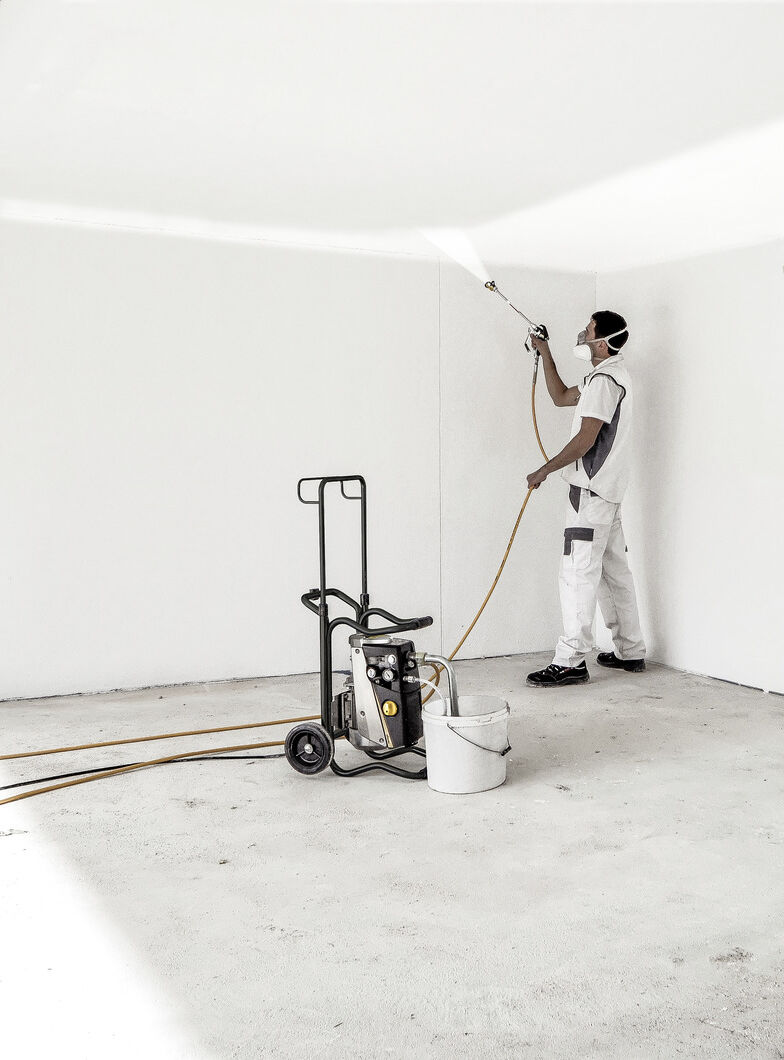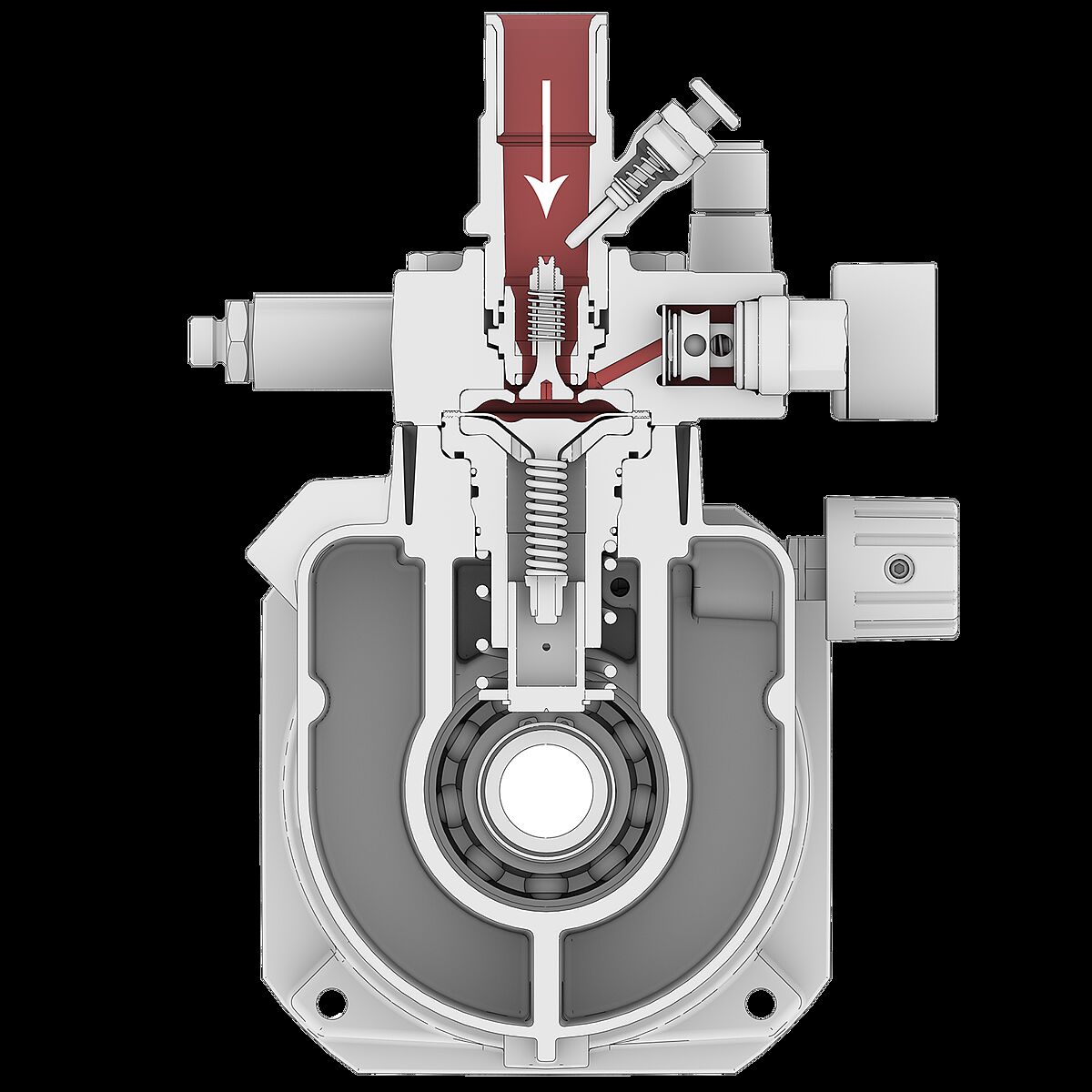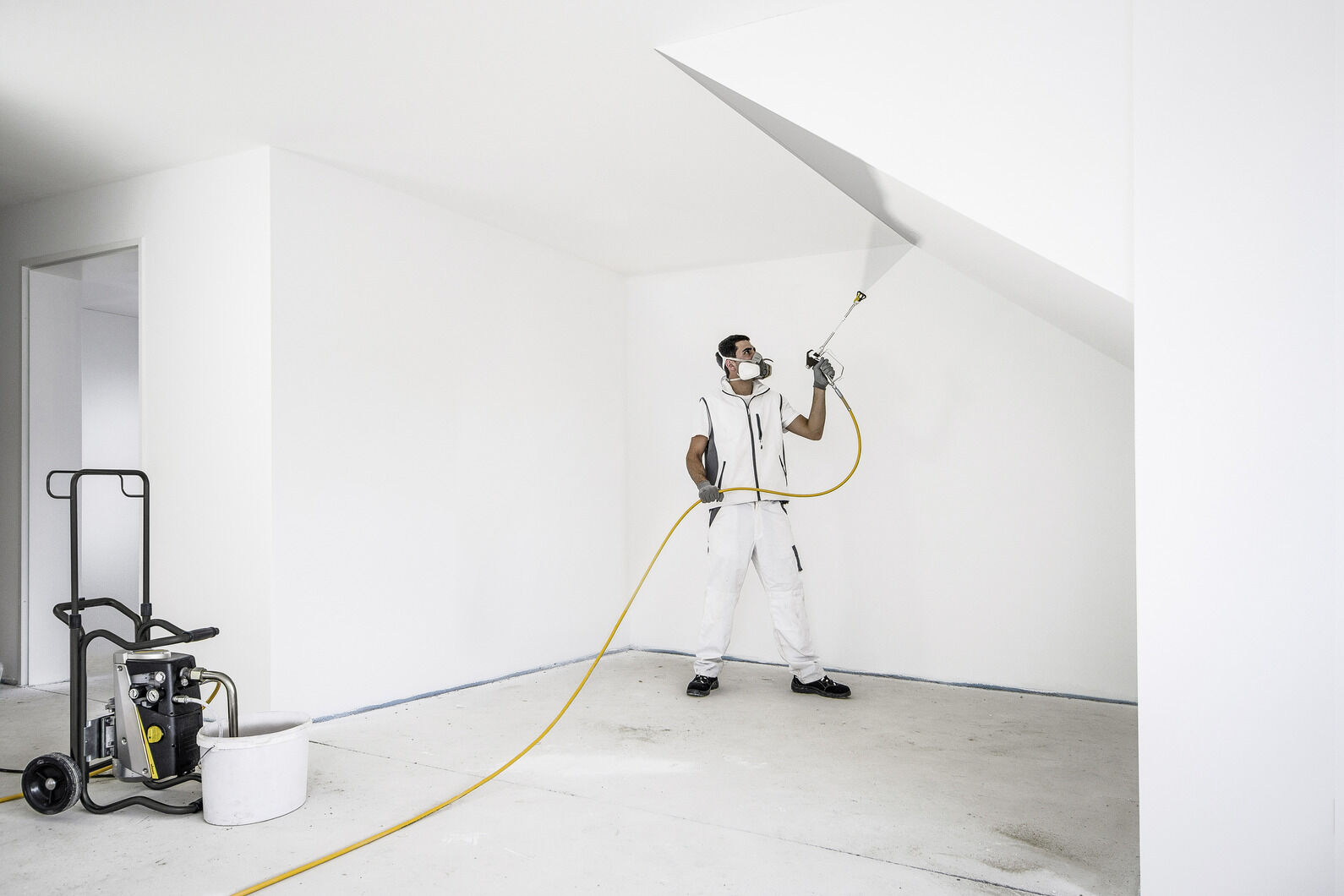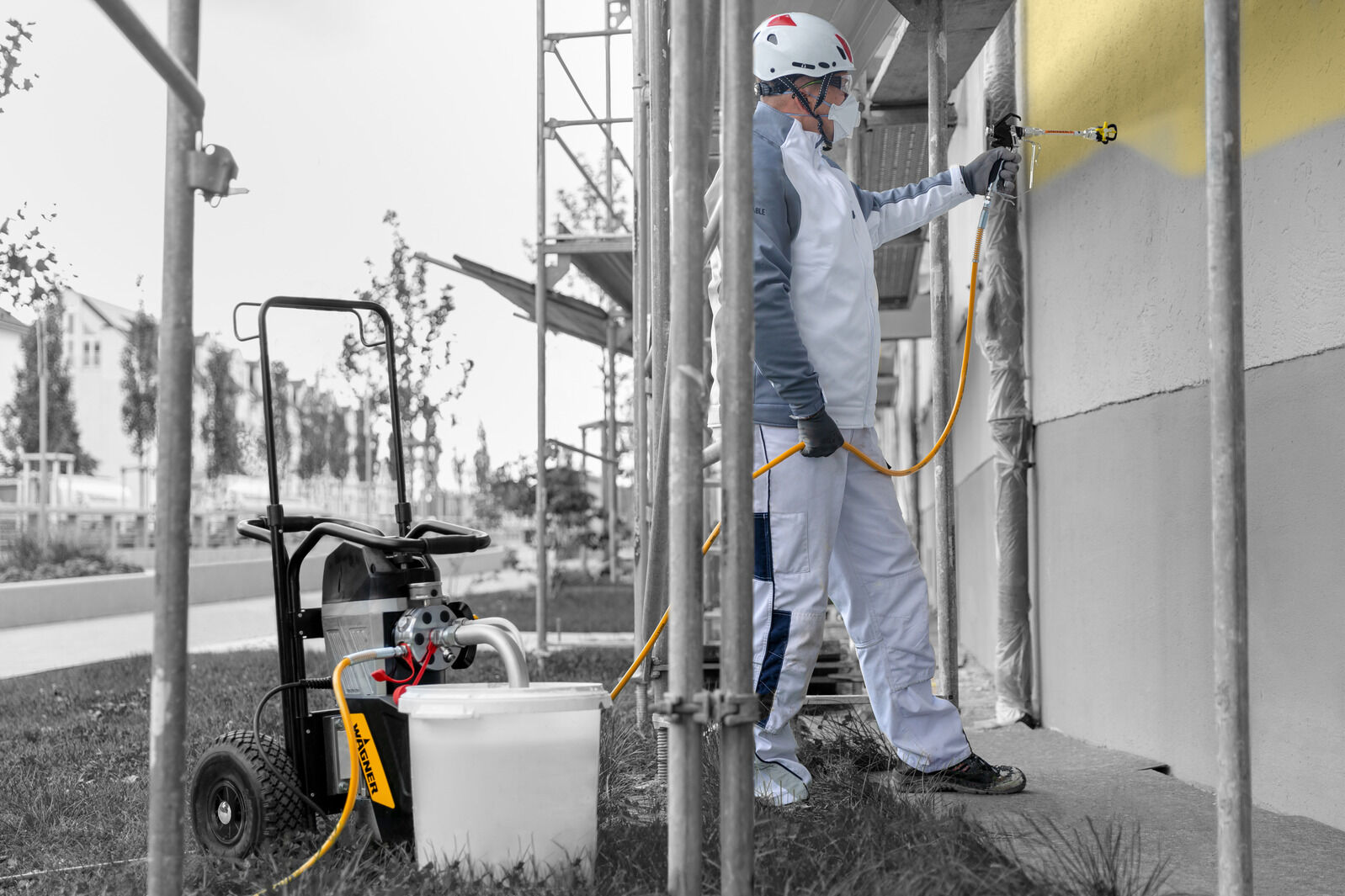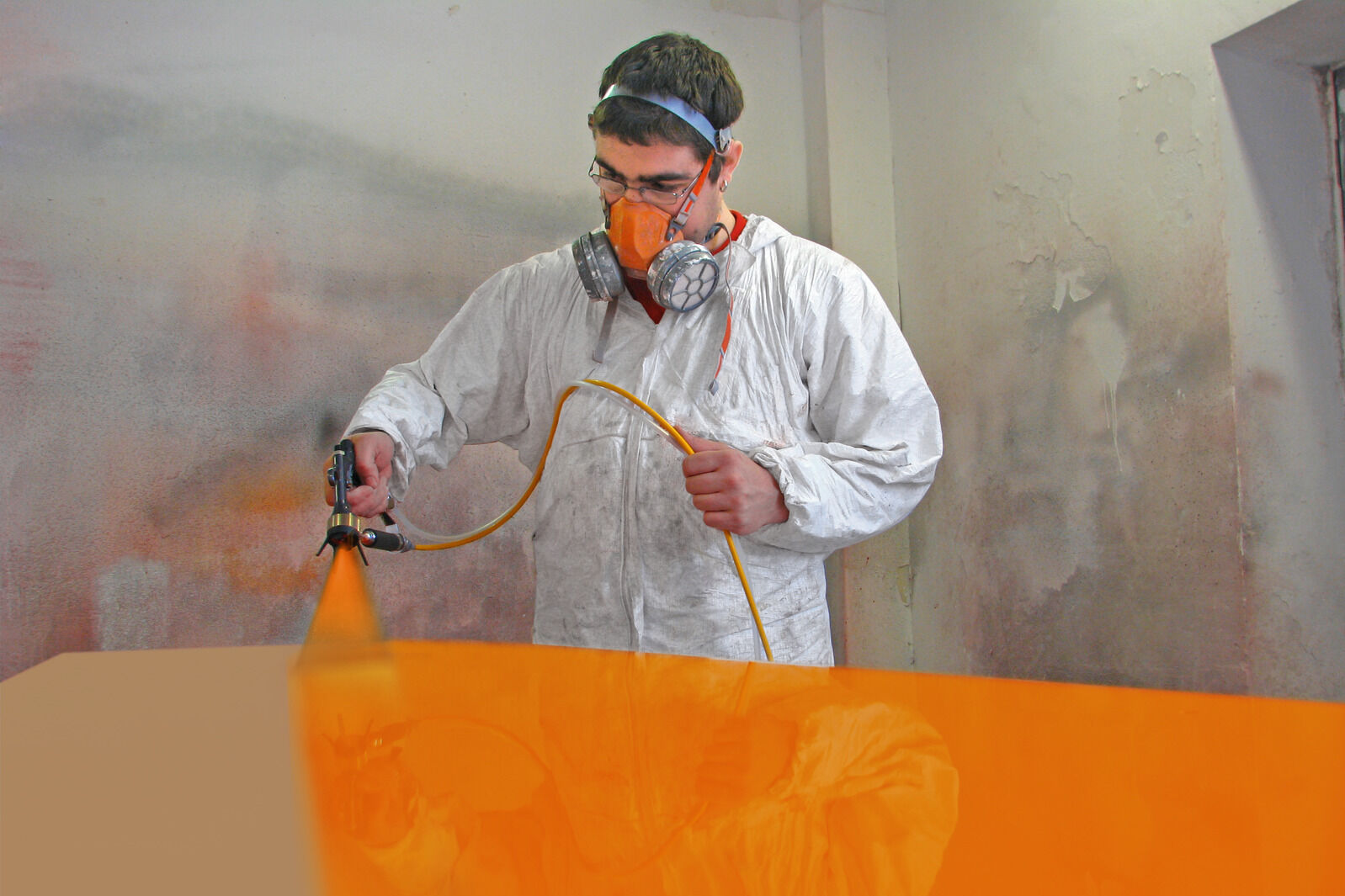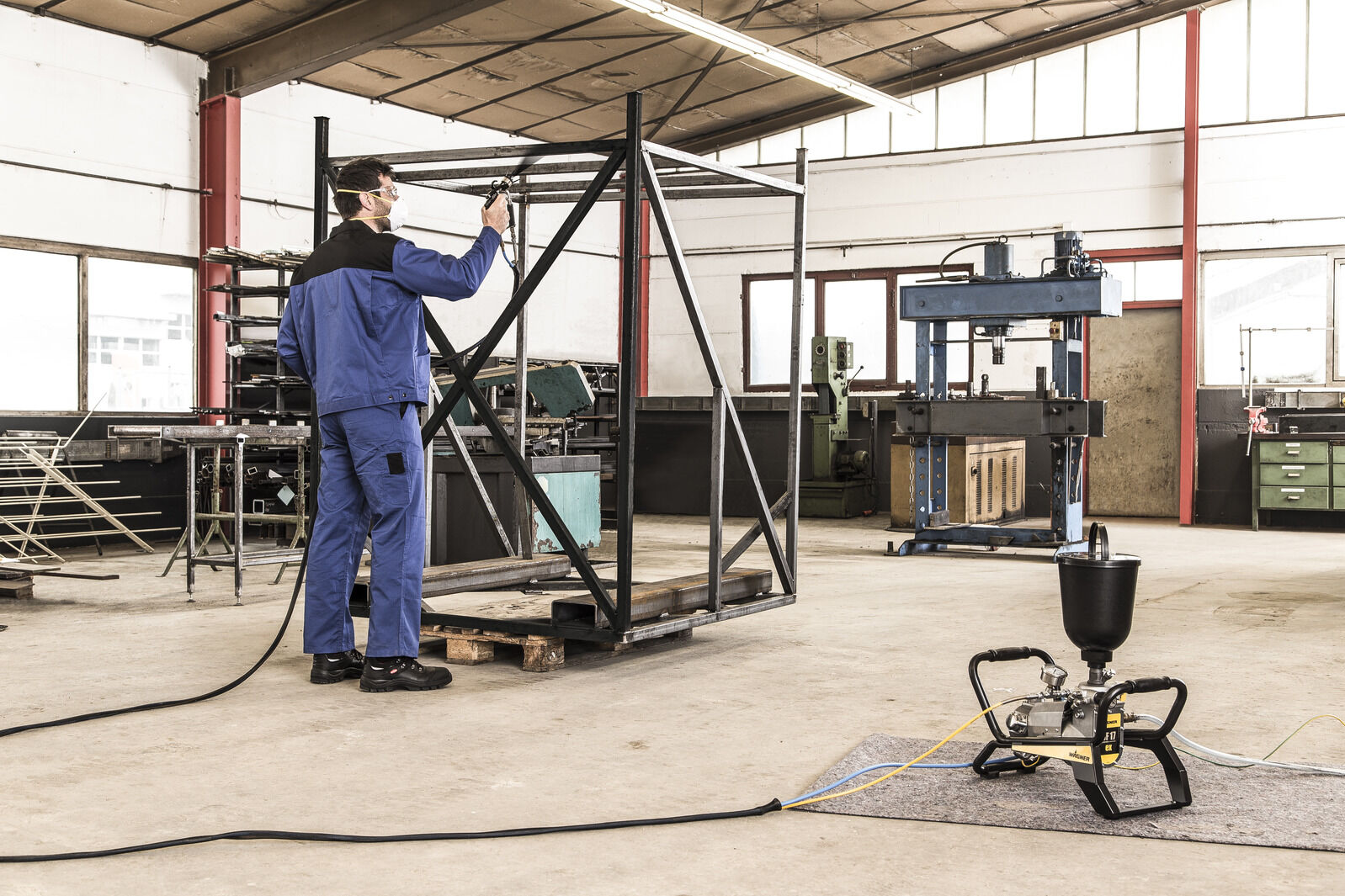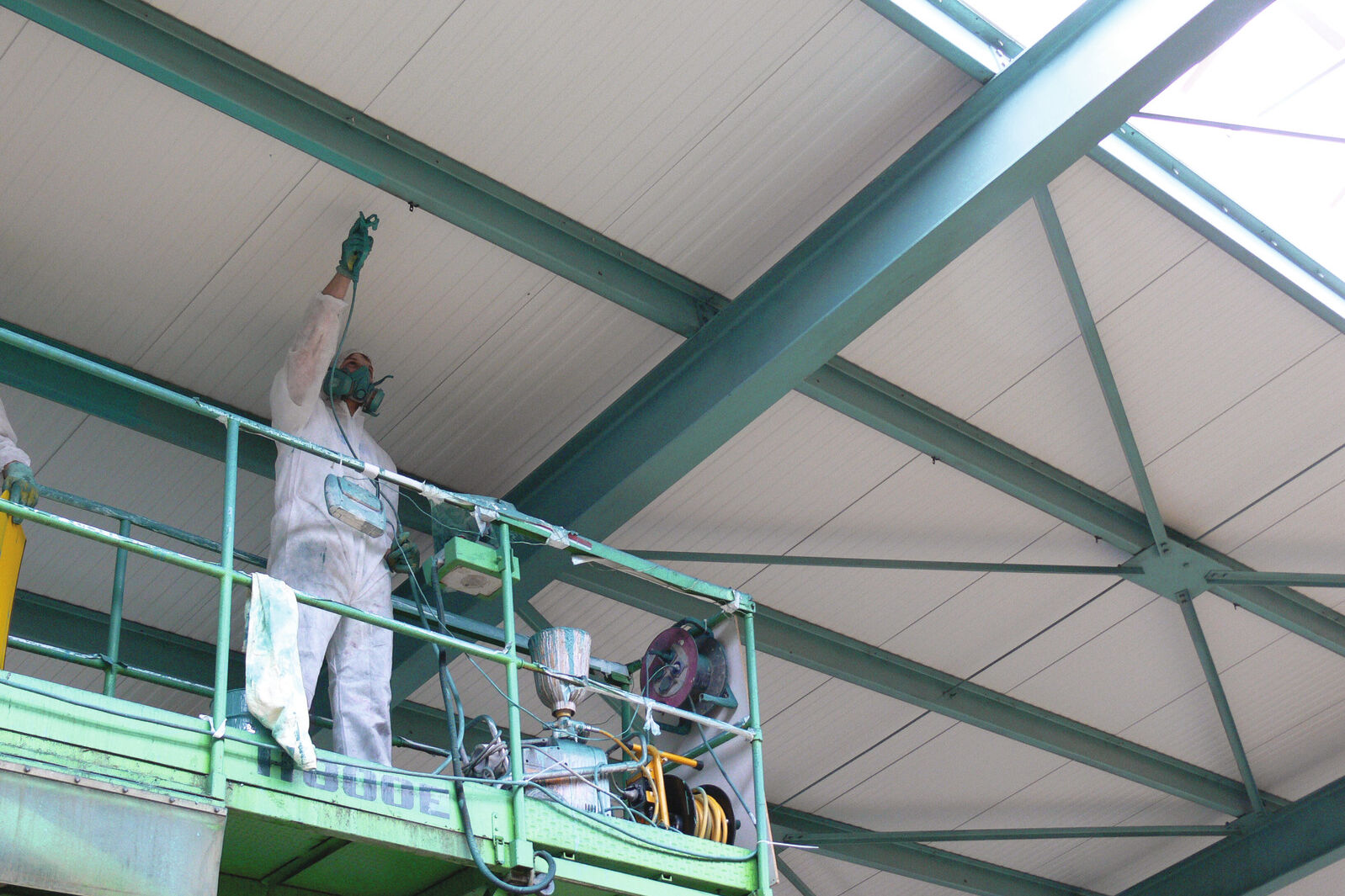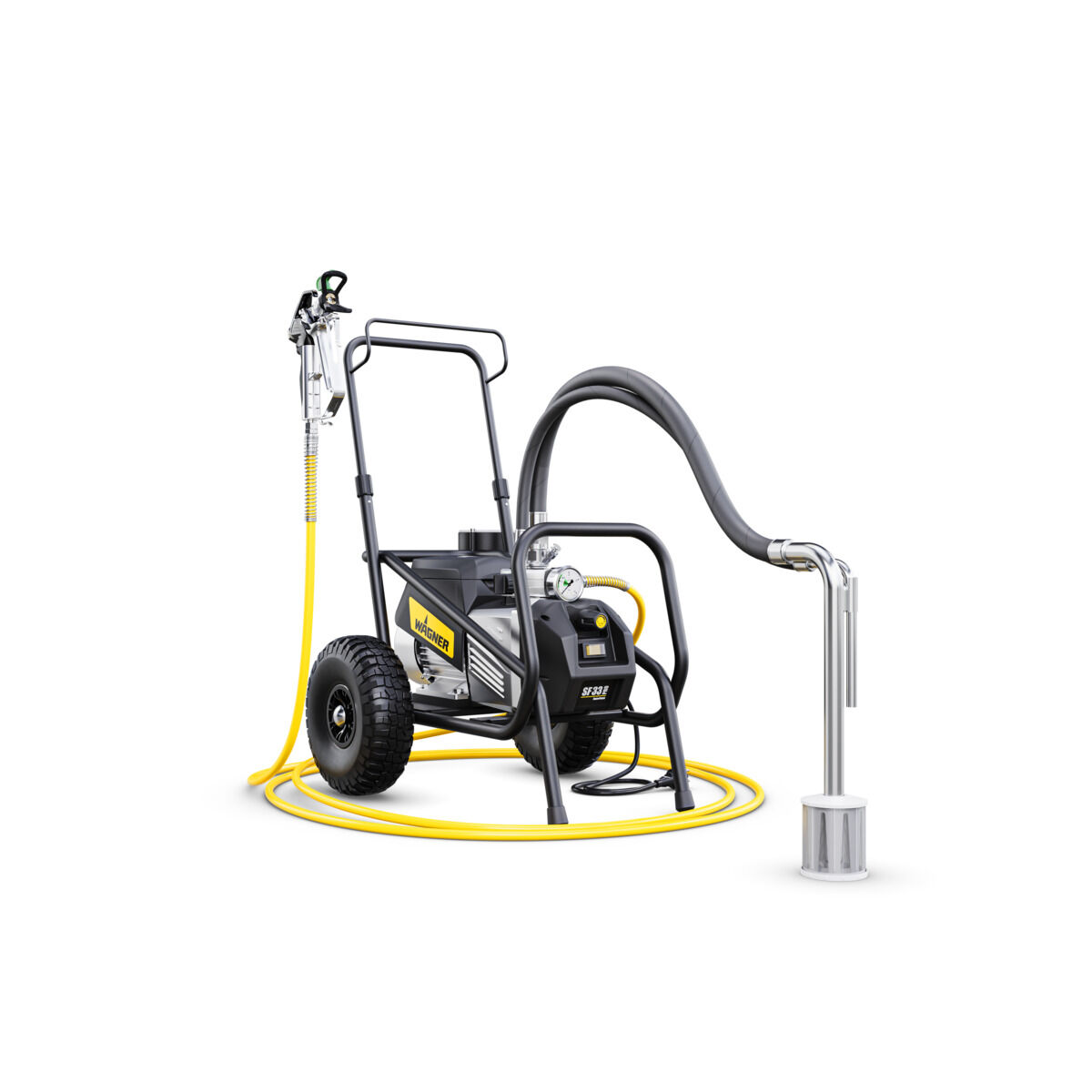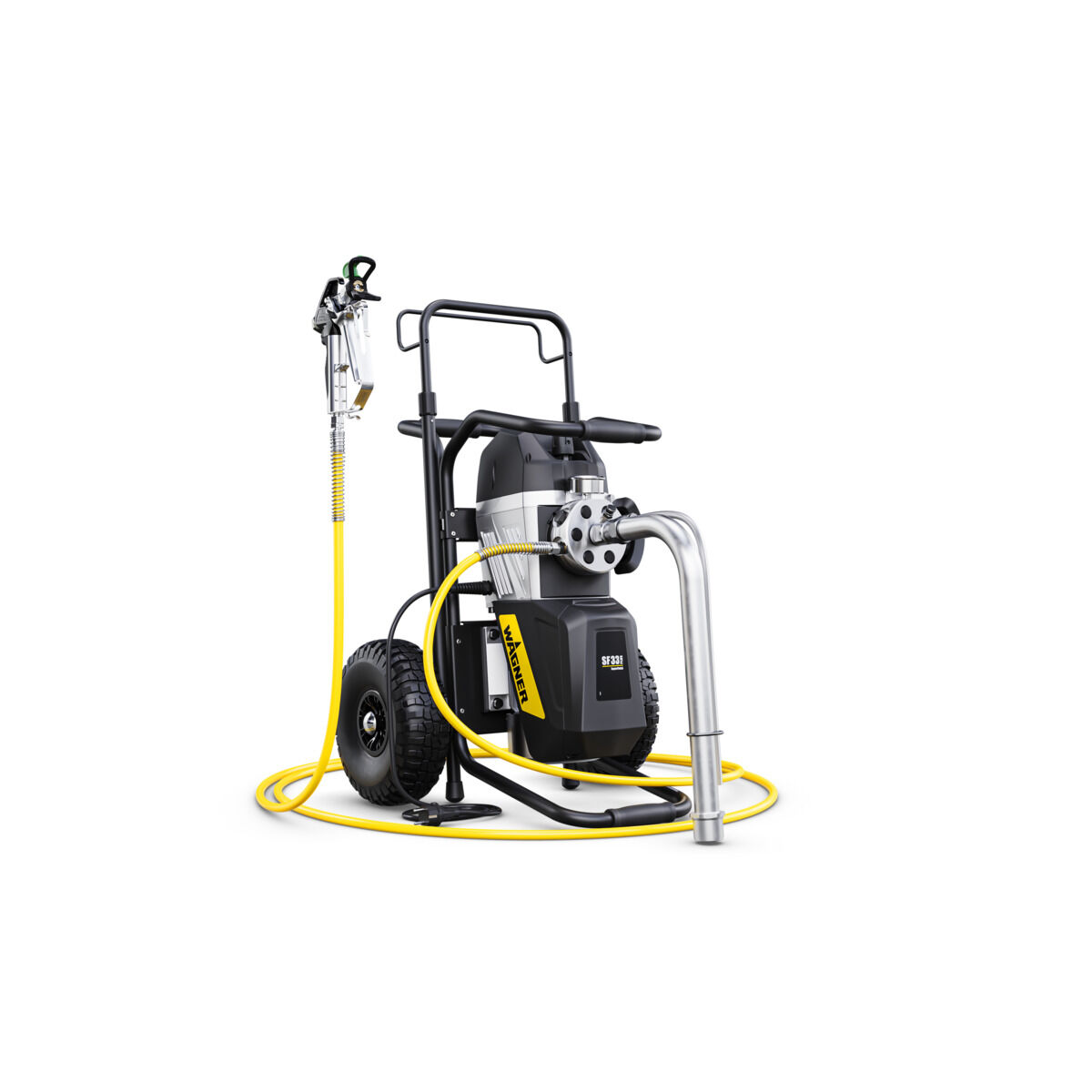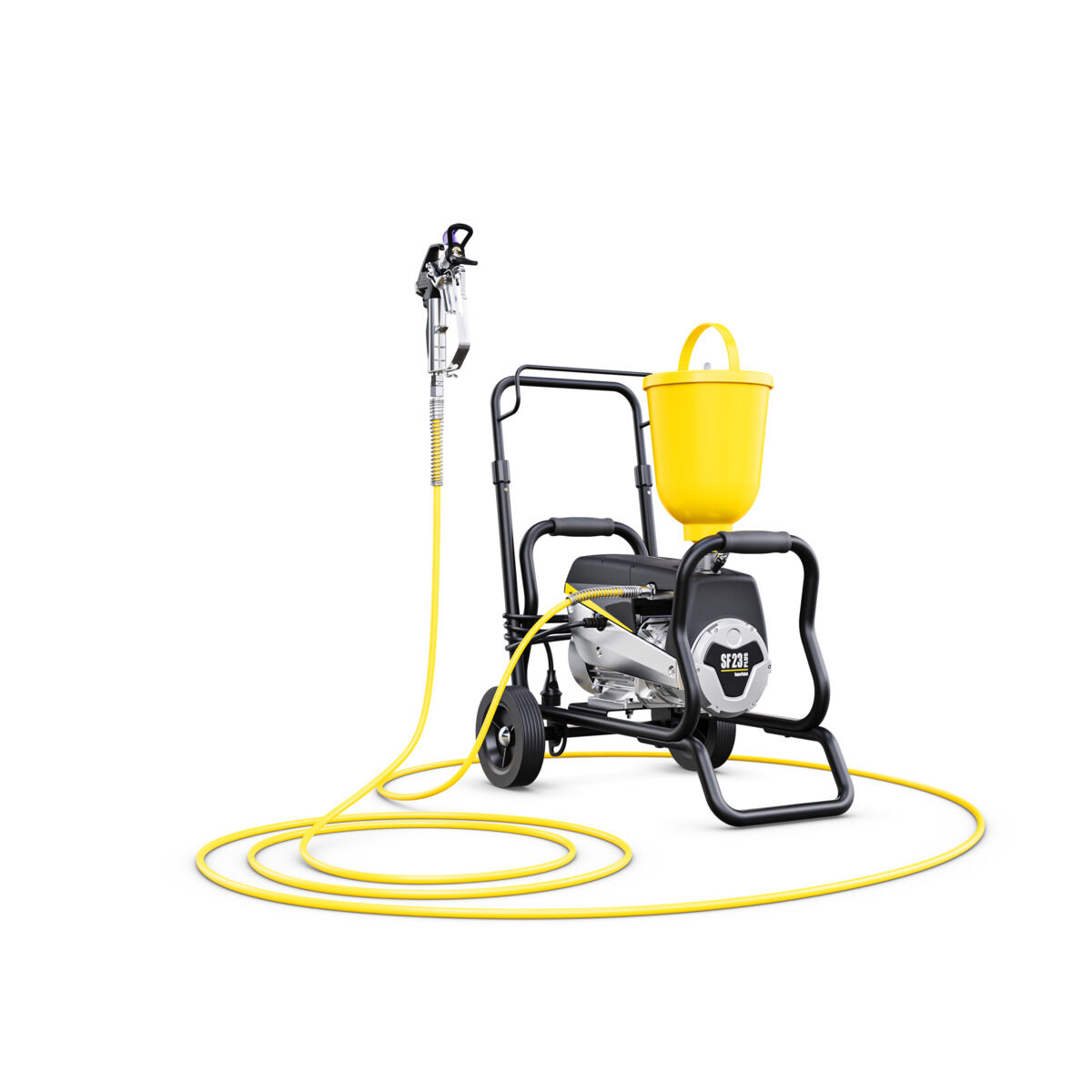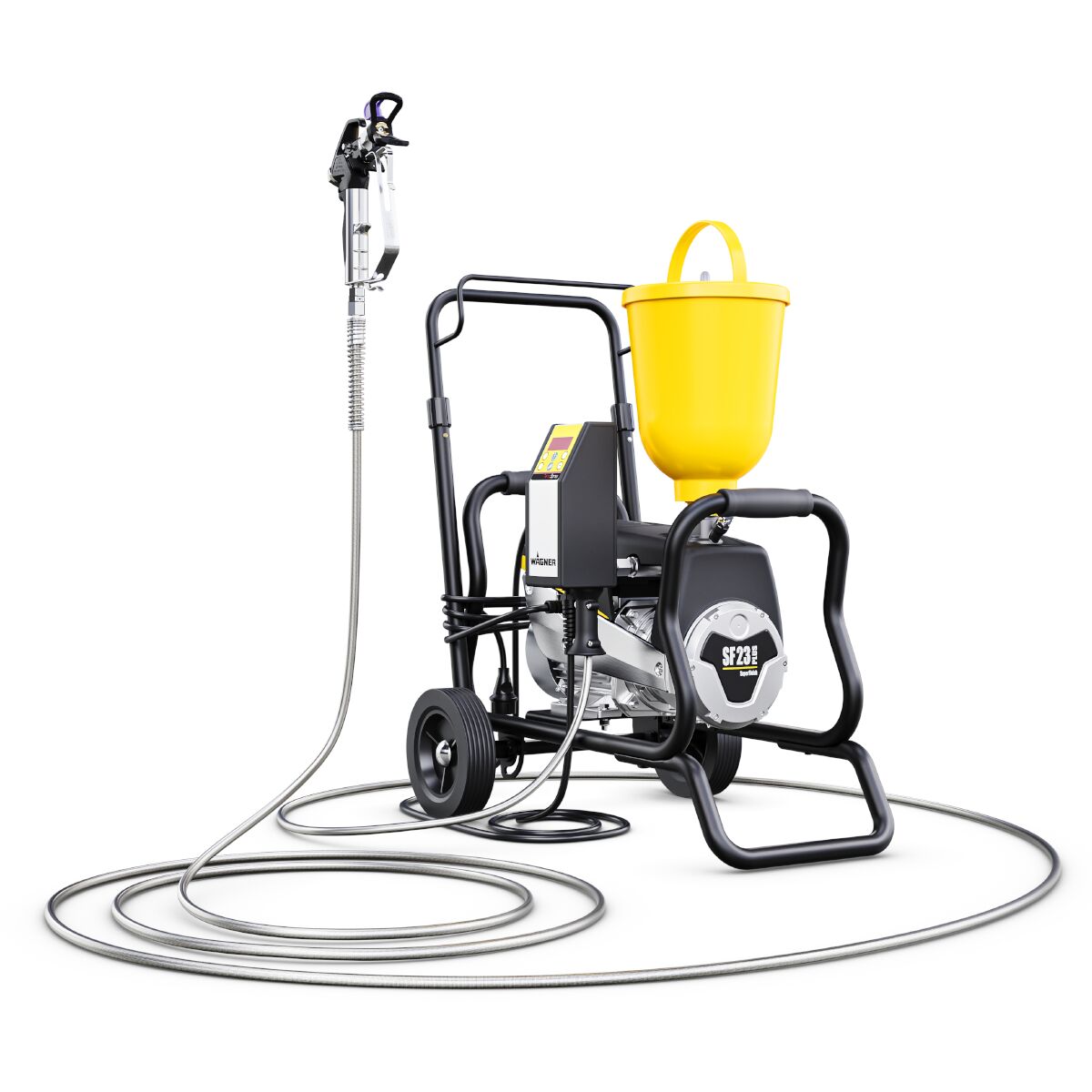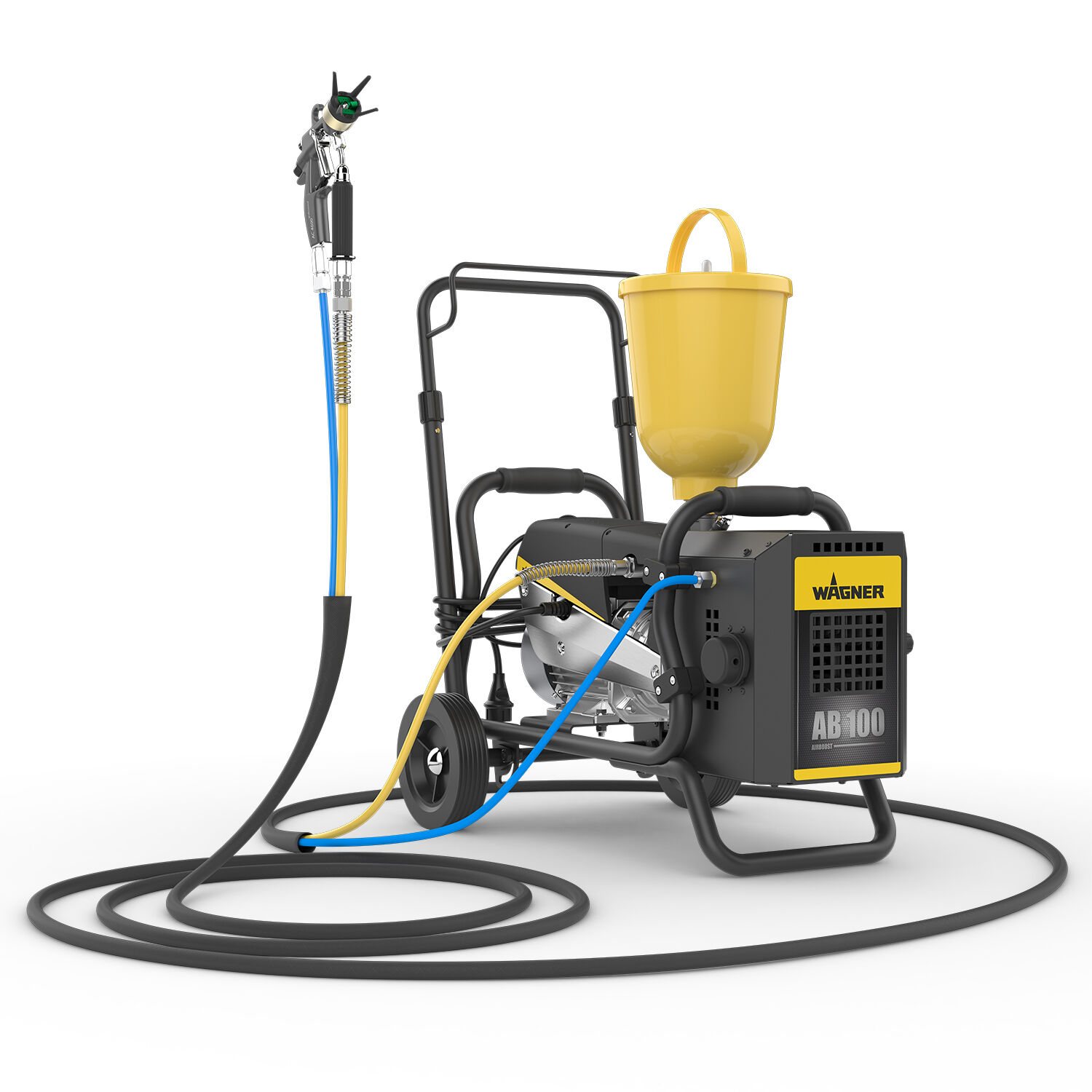What applications is a diaphragm pump suitable for?
The diaphragm pump is a very flexible material pump. From applications that only require a very small amount of material to medium-sized project where, for example, a hand-held device is not sufficient, a diaphragm pump is the perfectly solution.
It is also a good pump for all kinds of woodworking applications. Primers, varnishes, wood and metal paints - everything can be sprayed with a diaphragm pump. The diaphragm pump is also suitable for common types of renovation: various types of wall and ceiling paint, for interior and exterior use can be sprayed.
Basically you can say that, from the thinnest liquids to materials of medium viscosity, it can spray everything.
However, when it comes to filler or plaster, coarse and highly viscous materials, a diaphragm pump is not sufficient. For this a powerhouses such as a HeavyCoat or a PlastCoat with different pumps have to be used. Do not risk damaging the device with substances that are too highly viscous as this will severely shortening the service life!


